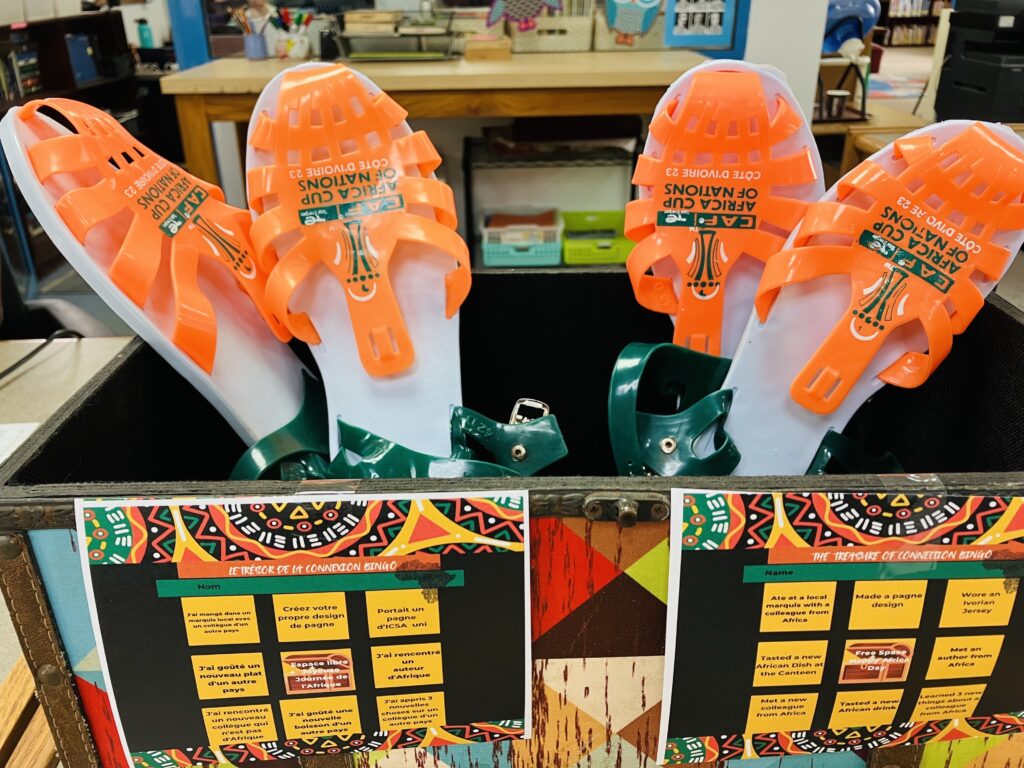It’s More Than Just a Shoe
Imagine a shoe made of 100% plastic, waterproof, and can be used anywhere, for almost anything imaginable. This is the story of the “jelly shoe,” a unique type of footwear. Many people have incorporated jelly shoes into part of their culture. Individuals have long utilized jelly shoes for comfort, practicality, and fashion.
The shoes’ popularity have died down and revived over the years, but have recently reappeared in Africa. They have especially made a massive comeback in countries such as the Ivory Coast, Gambia, and Senegal. The jelly shoes, also known as “leke,” have become a cultural reference in many parts of Africa. It’s important to know that people wear lêkês not only for versatility and comfort, but also because they are an outlet for Africans to reflect and express their identity through fashion and footwear.
The Origin of Jelly Shoes
The history of jelly shoes begins in a small village in central France called Puy-de-Dôme Auvergne. The business started when cutler Jean Dauphant, ordered a large amount of new revolutionary plastic pallets for his new knives. However, the plastic turned out to be completely unsuitable for wrapping knife handles. Ultimately, loads of plastic that had no use to him remained. He did not want to waste all the plastic, so he came up with an idea. He decided to test out what would happen if you replaced leather with plastic when making sandals. At the time, leather was very common for shoes, and plastic was extremely rare.
This event led to the creation of what they called “Sarraizienne” or “Sandale Méduse.” At first, it was not successful; however, this soon changed. In the mid 1950s, the manufacturer Bata began shipping out these shoes to countries all over Africa. At first, only the “wealthy” started wearing them, but they soon became popular due to the climate and practicality.
It is important to note that they promoted this shoes mostly through fashion and art. Franco Luambo, a famous Rumba singer, dedicated a song to these shoes. This explains why the only the “wealthy” people of Africa appreciated these shoes.

Decline and Resurgence in Ivory Coast
The shoe saw a decline in sales and fame in the late 1980s as many artistic influencers such as Ernesto Djedje began to wear more classy shoes and outfits. The start of the 90s marked the resurgence of leke as Zouglou, a music style in the country, completely took over. It became a symbolic item in the Ivorian world as new upcoming artists such as Magic System and Pat Sacko began wearing the shoe again. This new wave of artists introduced a simple but practical way of fashion. People believed that the shoe was less expensive and a fun way to represent the new generation of Ivorian art and music.
In the early 2000s, lêkês were also starting to become a political symbol in Ivory Coast. This is because it used during patriotic walks in the country, a movement where the young Ivorians stood up to support former president Laurent Gbagbo. One of the leaders of these walks, Charle Ble Goude, was spotted wearing a pair on his release date from his trial at the International Criminal Court of the Hague.
A forever print worldwide
The unexpected journey of lêkês is truly inspiring and is reflected through fashion, culture, and identity. Since its creation in a small French village, the project travelled from Africa to America, making them a symbol of expression. Their reappearance in the early 90’s across Africa through music, art, fashion or politics marked its importance in modern African society.
If you are ever interested in learning more about footwear, be sure to check out this article on the popular shoes Crocs.


